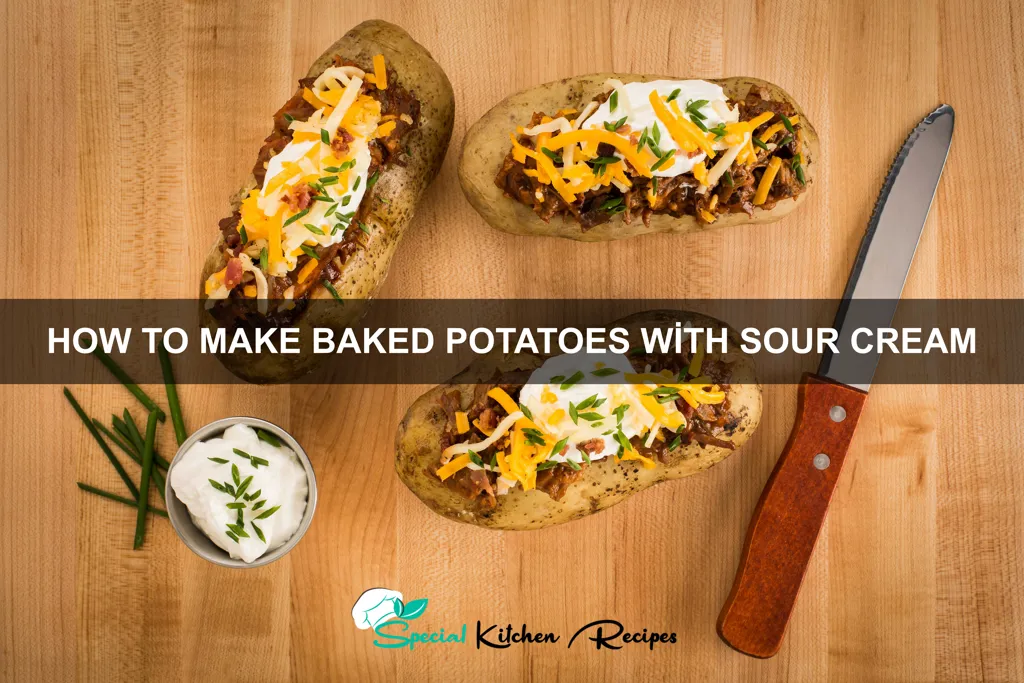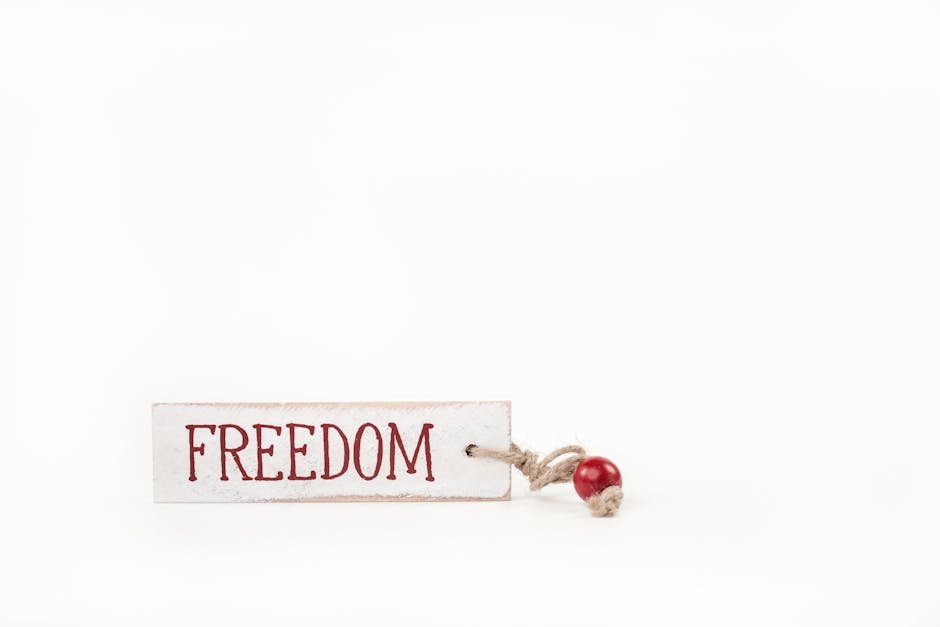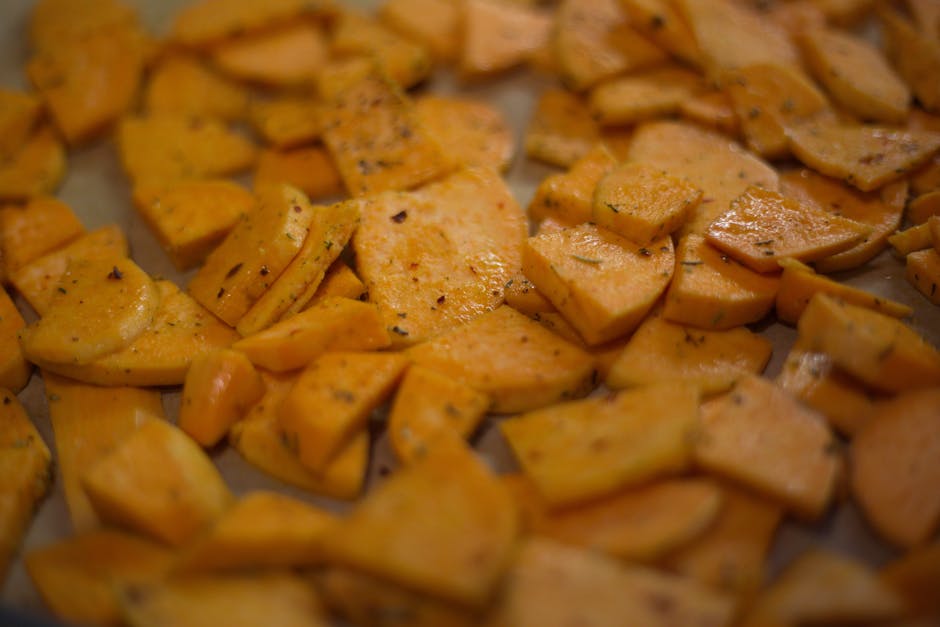The humble baked potato, a seemingly simple dish, boasts a surprisingly rich history and global appeal. While pinpointing its exact origins is difficult, evidence suggests potatoes, originally cultivated in the Andes Mountains of South America, have been a staple food for thousands of years. The Incas, for instance, were significant cultivators, recognizing the potato’s incredible nutritional value and adaptability to various climates. Its introduction to Europe in the 16th century, initially met with suspicion, eventually led to its widespread adoption, transforming agricultural practices and diets across the continent.
The baked potato, in its simplest form, highlights the potato’s inherent deliciousness. Requiring minimal preparation – essentially just baking the potato in its skin until tender – it offers a blank canvas for countless toppings. Globally, potatoes are the world’s fourth-largest food crop, with an estimated 370 million tons produced annually. This vast production underlines its importance as a calorie-dense and affordable food source for billions worldwide. The versatility of the potato is undeniable; it can be mashed, fried, roasted, boiled, and of course, baked, each method yielding a distinct texture and flavor.
The pairing of baked potatoes with sour cream, while seemingly modern, is a testament to the food’s adaptability. Sour cream, a fermented dairy product, adds a creamy tang that perfectly complements the potato’s earthy flavor. This combination is particularly popular in North American cuisine, often enjoyed as a comforting side dish or a hearty meal in itself. The simplicity of the recipe belies its satisfying nature; the fluffy interior of the baked potato, contrasted with the cool, slightly acidic sour cream, creates a delicious balance. In the United States alone, billions of potatoes are consumed annually, with baked potatoes representing a significant portion of this consumption. This recipe will guide you through creating this classic and beloved dish, showcasing the timeless appeal of a perfectly baked potato enhanced by a dollop of creamy sour cream.
Ingredients and Measurements
This recipe yields approximately 4 servings of deliciously fluffy baked potatoes, perfect for a comforting meal or a satisfying side dish. The ingredient list is simple, but the quality of your ingredients will significantly impact the final taste and texture. Choose potatoes that are firm to the touch and free of blemishes.
For the potatoes themselves, you’ll need four large russet potatoes (approximately 1 pound each). Russets are ideal for baking because of their high starch content, which results in a light and fluffy interior. You can substitute with Yukon Gold potatoes for a slightly creamier texture, but keep in mind they may bake slightly faster. Thoroughly wash the potatoes before baking to remove any dirt or debris.
Next, we’ll need the sour cream for topping. Plan for 1 cup of your favorite sour cream. Full-fat sour cream is recommended for its richer flavor and creamier texture, but you can use light sour cream if desired. Keep the sour cream refrigerated until ready to serve to maintain its optimal consistency.
While not strictly necessary, adding a few simple seasonings can elevate the flavor profile of your baked potatoes. Consider using 1 teaspoon of kosher salt and 1/2 teaspoon of freshly ground black pepper. Kosher salt is preferred for its larger crystals, which allow for more even seasoning. Adjust the amount of salt and pepper to your liking – some prefer a more pronounced seasoning.
For additional flavor enhancements, you can add optional ingredients. Consider including 2 tablespoons of butter (salted or unsalted) per potato for extra richness. You could also incorporate 1/4 cup of shredded cheddar cheese per potato or other preferred cheeses for a savory twist. Remember to adjust baking time slightly if adding extra ingredients, as they may affect the cooking time.
Finally, for those who prefer a bit of herbaceousness, consider adding some fresh herbs. A tablespoon of chopped chives or green onions per potato can provide a delightful fresh flavor. Feel free to experiment with other herbs like parsley or dill, depending on your preference. Add the herbs just before serving to preserve their freshness and vibrancy.
Equipment List
Creating perfectly baked potatoes with a delightful sour cream topping requires the right tools. This equipment list details everything you’ll need for a successful outcome, from preparation to presentation.
Baking Potatoes: You’ll need a selection of russet potatoes, ideally medium to large in size (about 6-8 inches long). Avoid potatoes with bruises or blemishes, as these can affect texture and cooking time. Aim for approximately 2-3 potatoes per person, depending on appetite.
Baking Dish or Sheet Pan: A large baking dish (at least 9×13 inches) or a rimmed baking sheet is essential. A baking dish is preferred for even cooking and moisture retention, especially if you’re baking multiple potatoes. If using a sheet pan, ensure it’s large enough to accommodate the potatoes without overcrowding.
Measuring Tools: Precision is key for consistent results. You’ll need standard measuring spoons and cups for accurate measurements of the sour cream and any additional seasonings. A kitchen scale is highly recommended for more accurate potato portioning if you’re aiming for uniform cooking times.
Cutting Tools: A sharp paring knife or vegetable peeler is necessary for preparing the potatoes. A fork is crucial for piercing the potatoes before baking to prevent steam buildup and potential explosions. A butter knife or small spatula will be helpful for serving.
Oven and Baking Accessories: An oven capable of reaching 400°F (200°C) is required. Consider using oven mitts or gloves for safely handling the hot baking dish and potatoes. A wire rack placed inside the baking dish (optional) allows for better air circulation around the potatoes, resulting in crispier skins.
Serving Utensils: You’ll need bowls for serving the sour cream and any additional toppings. Consider using small ramekins or individual bowls for a more elegant presentation. Spoons or serving forks are also necessary for distributing the sour cream and other garnishes.
Optional Equipment: While not strictly necessary, a potato masher can be useful if you plan to mash a portion of your baked potato. A food processor can also be used to create a smoother sour cream topping if desired. Finally, a timer will ensure your potatoes are cooked to perfection. Investing in quality equipment will lead to superior results.
Preparation of Potatoes (Washing, Scrubbing, Piercing)
Before embarking on the journey to perfectly baked potatoes, proper preparation is paramount. We’ll be focusing on three crucial steps: washing, scrubbing, and piercing. These seemingly simple actions significantly impact the final result, ensuring evenly cooked potatoes with crispy skins and fluffy interiors.
Begin by selecting your potatoes. Aim for firm, russet potatoes, ideally about the same size – around 8-10 ounces each. Uniformity in size ensures even cooking. For a batch of four baked potatoes, you’ll need approximately 4 medium-sized russet potatoes.
Washing is the first step. Place the potatoes in a large bowl and rinse them thoroughly under cold running water. This removes any loose dirt or debris from their surfaces. You can use your hands to gently rub the potatoes, dislodging any stubborn particles.
Next comes scrubbing. This is where a vegetable brush becomes invaluable. Scrub each potato vigorously, paying attention to any crevices or imperfections where dirt might cling. A thorough scrubbing is crucial for removing any pesticides or soil residue and ensures a clean, edible skin. Don’t be afraid to apply a little pressure; the skin is relatively tough.
Finally, we have piercing. This seemingly minor step is incredibly important. Using a fork, pierce each potato several times – at least 8-10 times per potato. This allows steam to escape during baking, preventing the potatoes from exploding in the oven. The pressure build-up from steam can cause potatoes to burst, leading to uneven cooking and a messy oven. Ensure the punctures are deep enough to penetrate the potato’s flesh.
Once you’ve completed these three steps, your potatoes are ready for the next stage of preparation. Remember, taking the time to properly wash, scrub, and pierce your potatoes is an investment in delicious, perfectly baked results. It’s a small detail that makes a big difference!
Baking Method (Oven, Microwave, or Other)
There are several ways to bake potatoes, each offering different advantages. The oven method yields a classic, crispy-skinned potato, while the microwave offers speed and convenience. Other methods, such as using a campfire or slow cooker, are also viable but less common for home cooks.
Oven Baking: This is the traditional and often preferred method for achieving perfectly baked potatoes. Preheat your oven to 400°F (200°C). Wash and scrub 2-3 medium-sized russet potatoes thoroughly. Pierce each potato several times with a fork to allow steam to escape and prevent explosions. This is crucial for safety and even cooking. You can also rub the potatoes lightly with olive oil or butter for extra flavor and a crispier skin. Place the potatoes directly on the oven rack, or on a baking sheet for easier cleanup. Bake for 60-75 minutes, or until a fork easily pierces the center. Baking time may vary depending on the size of your potatoes; larger potatoes will require longer cooking times. Check for doneness by inserting a fork into the thickest part; it should slide in easily.
Microwave Baking: For a quicker method, use your microwave. Wash and pierce 2-3 medium-sized russet potatoes as described above. Place the potatoes on a microwave-safe plate. Microwave on high for 5-7 minutes per potato, flipping halfway through. Microwave cooking times are highly dependent on the wattage of your microwave. Start with shorter intervals and check for doneness frequently. The potato is done when it’s soft throughout. While this method is faster, it may result in a less crispy skin. You can improve the texture by briefly broiling the potato after microwaving for a crispier exterior.
Other Methods: While less common for home use, you can bake potatoes in other ways. For instance, wrapping them in foil and placing them directly on hot coals (campfire) yields a smoky flavor. Slow cookers can also bake potatoes, but this method requires a longer cooking time (4-6 hours on low). Remember to adjust cooking times based on the size of your potatoes and the specific heating method. Regardless of the method, always use caution when handling hot potatoes.
Professional Recommendation: For the best flavor and texture, we recommend oven baking. The longer cooking time allows the starches to fully break down, resulting in a fluffier inside and a crispier outside. However, the microwave method is a great time-saving alternative when you’re short on time.
Cooking Time and Temperature
Achieving perfectly baked potatoes requires a careful balance of time and temperature. The ideal result is a fluffy interior with a crispy, slightly crunchy skin. The cooking time will vary depending on the size of your potatoes and your preferred method of cooking (oven or microwave).
For oven-baked potatoes: Preheat your oven to 400°F (200°C). Wash and thoroughly dry medium-sized russet potatoes (about 1 pound each). Pricking them several times with a fork is crucial; this prevents steam buildup, which can cause them to explode in the oven. Avoid using small potatoes as they will cook too quickly and become dry. Similarly, very large potatoes will require significantly longer cooking times, potentially leading to uneven cooking.
Place the potatoes directly on the oven rack. This allows for even heat circulation and crispier skins. Baking time typically ranges from 60 to 90 minutes for medium-sized potatoes. To check for doneness, pierce the potato with a fork; it should easily slide in and out. If resistance is felt, continue baking in 15-minute intervals until tender.
For microwave-baked potatoes: This method is significantly faster, but may result in a less crispy skin. Wash and pierce the potatoes as described above. Place them on a microwave-safe plate and cook on high power. Cooking times will vary depending on the wattage of your microwave and the size of the potatoes. Start with 5-7 minutes per potato, then rotate and continue cooking in 2-minute intervals, checking for doneness with a fork. Note that the inside will be cooked through, but the skin might be slightly less crisp than with the oven method.
Professional Recommendation: For the crispiest skin, consider rubbing the potatoes with a little olive oil or butter before baking in the oven. This helps to enhance browning and create a more appealing texture. Also, don’t overcrowd the oven rack; allow for proper air circulation around each potato for even cooking.
Important Note: Cooking times are estimates. Always check for doneness by piercing the potato with a fork. Overcooked potatoes will be dry and mealy, while undercooked potatoes will be hard and unpalatable. Adjust cooking times as needed based on your oven or microwave and the size of your potatoes. A meat thermometer inserted into the center should read at least 210°F (99°C) for optimal doneness.
Sour Cream Preparation (if homemade)
While store-bought sour cream is readily available, making your own offers a superior taste and texture, allowing for complete control over ingredients and ensuring freshness. This homemade version provides a tangy and creamy topping perfectly complementing your baked potatoes.
Yields: Approximately 1 cup of sour cream
Prep time: 5 minutes
Incubation time: 24-48 hours
Ingredients:
- 1 cup heavy cream (Use heavy cream with at least 36% milkfat for best results.)
- 2 tablespoons buttermilk (Ensure your buttermilk is fresh and slightly acidic. If using powdered buttermilk, follow package instructions for reconstitution.)
- 1/4 teaspoon salt (Adjust to your taste preference.)
Equipment:
- Clean glass jar (Avoid using metal containers, as they can affect the souring process.)
- Whisk
Instructions:
- In a clean glass jar, whisk together the heavy cream, buttermilk, and salt until well combined.
- Cover the jar with a lid, leaving a small gap for air circulation (A loose-fitting lid is ideal. Do not seal tightly.).
- Place the jar in a warm area (around 70-75°F) for 24-48 hours. Avoid direct sunlight or heat sources. The warmer the environment, the faster the souring process; however, excessively high temperatures can lead to undesirable results.
- After 24 hours, check the consistency. The mixture should have thickened slightly and developed a tangy aroma. If it’s still quite thin, let it sit for another 12 hours. If left for too long, it may become overly sour or curdle.
- Once the desired thickness and tanginess are achieved, refrigerate the sour cream for at least 4 hours to halt the fermentation process. This will also improve its consistency.
- Your homemade sour cream is now ready to use! Store it in the refrigerator for up to a week.
Tips and Troubleshooting:
If your homemade sour cream is too thin, you can try adding a tablespoon of powdered milk for a thicker consistency. If it’s too sour, you can add a touch of heavy cream to balance the flavor. Remember, the success of homemade sour cream depends on the freshness of your ingredients and the temperature of your environment.
Recommendations
For the best results when making baked potatoes with sour cream, ensure your potatoes are thoroughly cooked. A perfectly baked potato should be soft and fluffy throughout, easily pierced with a fork. Overbaking can lead to dry, hard potatoes, while underbaking will result in a starchy, uncooked center. Use a meat thermometer to check for doneness; the internal temperature should reach 210°F (99°C).
Serving suggestions are plentiful! The classic combination of a fluffy baked potato topped with a dollop of sour cream is already delicious, but you can easily elevate it. Consider adding crispy bacon bits, shredded cheddar cheese, chives, or even a drizzle of chili oil for extra flavor and texture. Experiment with different herbs and spices to find your perfect combination. For a vegetarian option, try sautéed mushrooms or roasted vegetables.
Leftover baked potatoes can be stored in an airtight container in the refrigerator for up to 3-4 days. Reheat them in the microwave or oven until warmed through. Avoid reheating them in the microwave for too long, as this can make them dry and rubbery. You can also slice them and use them in potato salad or other dishes the next day.
Baked potatoes pair wonderfully with a variety of dishes. They serve as an excellent side for grilled meats, roasted chicken, or hearty stews. They also complement salads beautifully, offering a satisfying contrast in texture and flavor. For a complete meal, consider serving your baked potato with a side salad and some grilled salmon or chicken. This creates a balanced and nutritious plate.
Nutritional Information (per serving, approximate): The nutritional content varies greatly depending on the size of the potato and the amount of sour cream used. A medium-sized baked potato (about 150g) contains approximately 160 calories, 4g of protein, 37g of carbohydrates, and 1g of fat. Adding a tablespoon of sour cream (approximately 15g) will add around 20 calories, 1g of protein, 1g of carbohydrates, and 2g of fat. These values are estimates and may vary.
Important Note: Calorie and nutritional information can be significantly altered by the addition of toppings such as cheese, bacon, butter, etc. Always adjust these values based on the specific ingredients you use.





